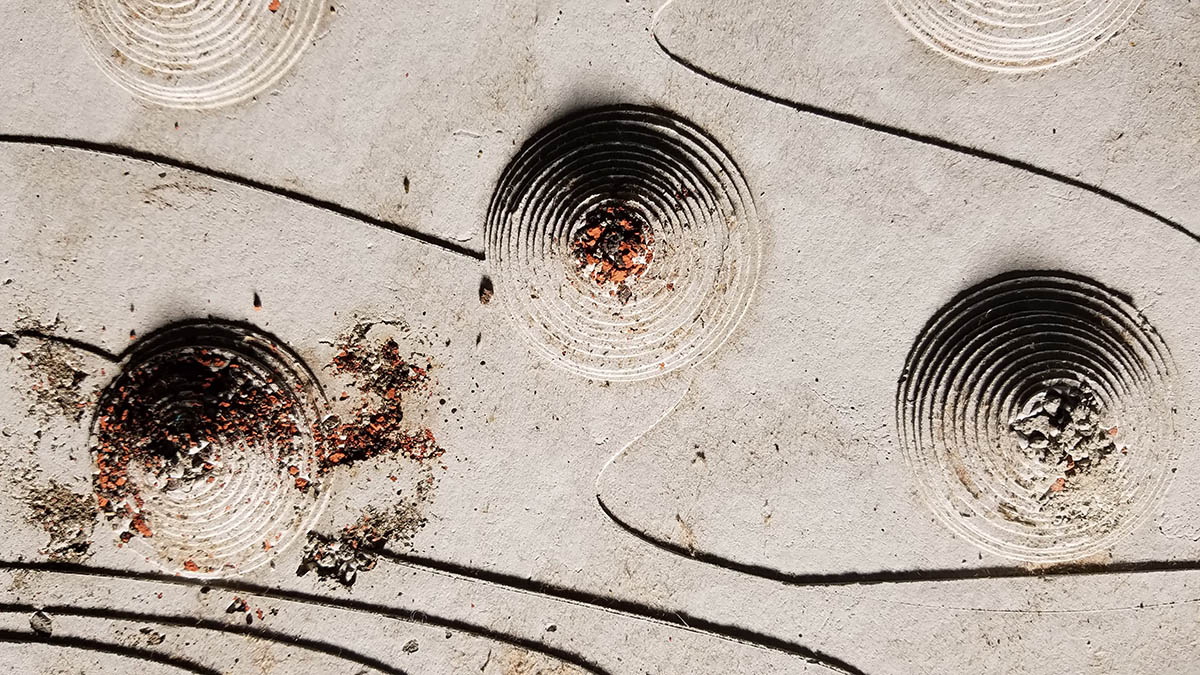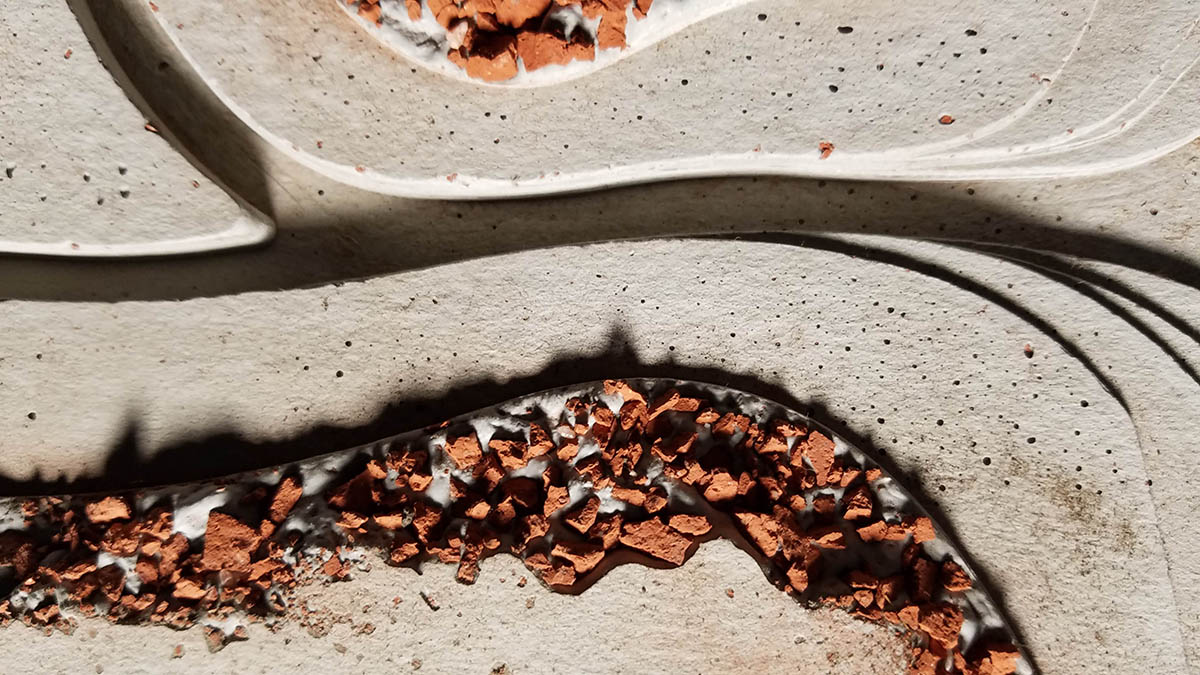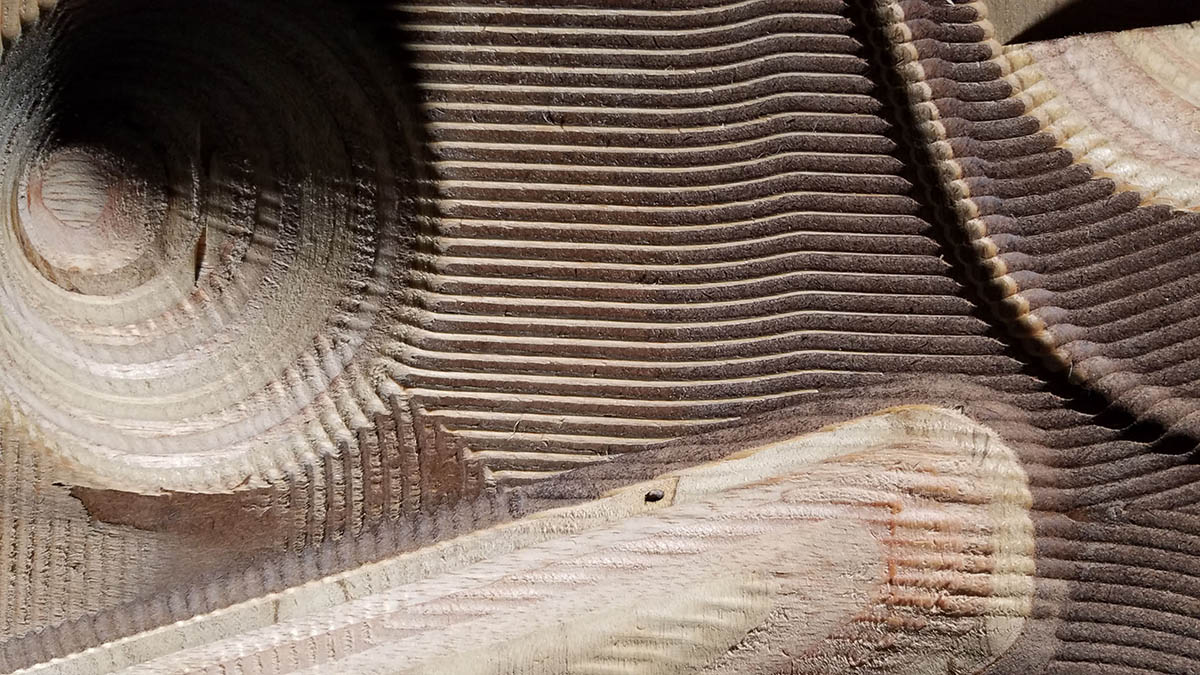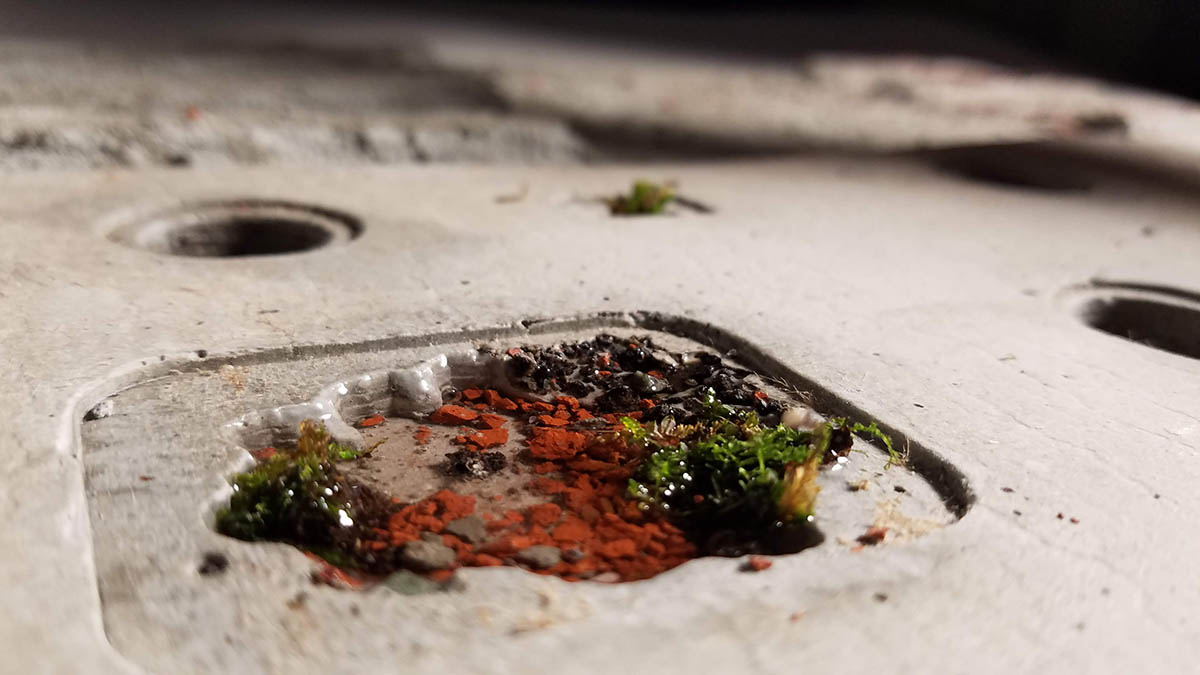Common Shallows
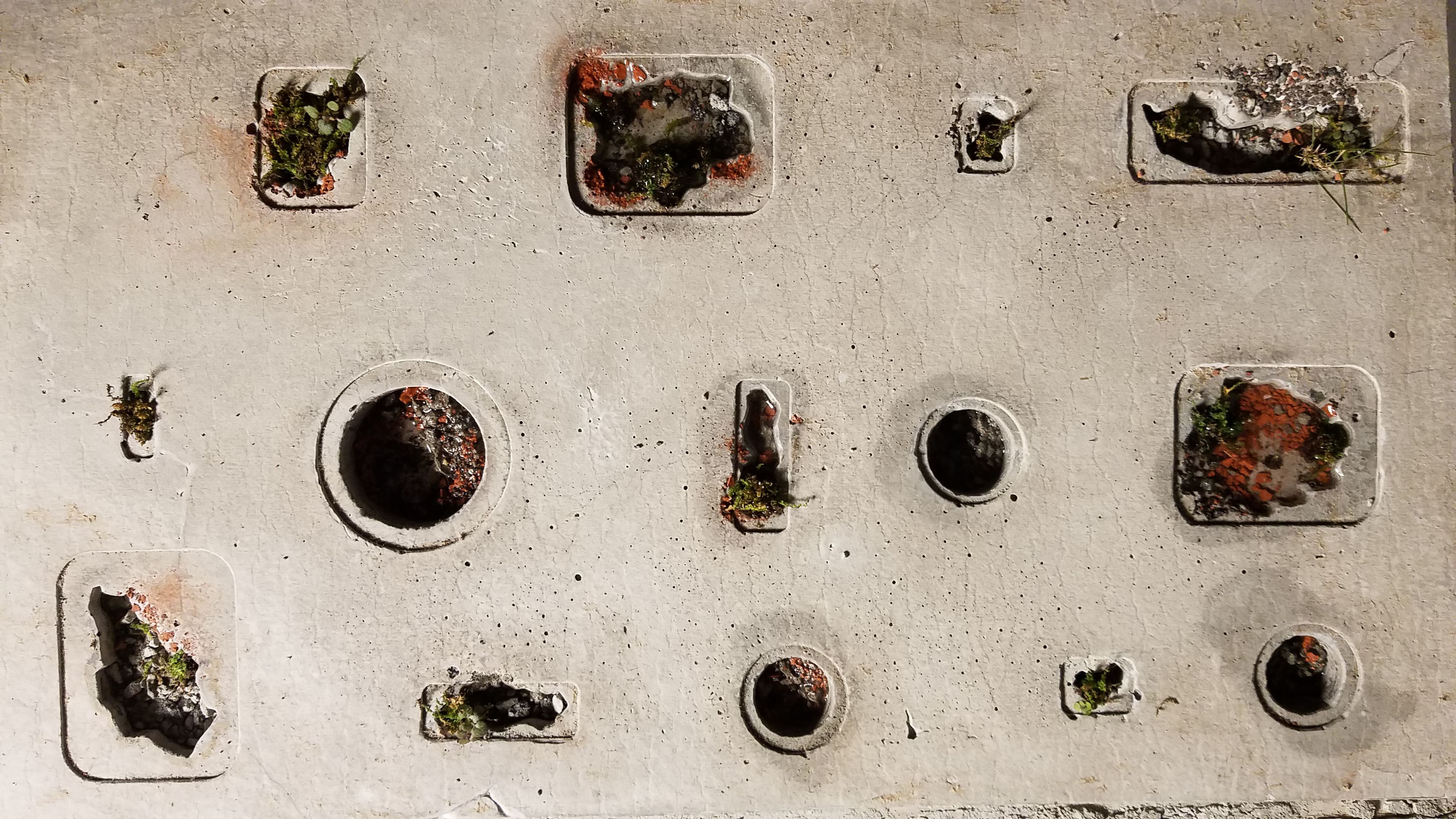
by Samuel Gilbert (MLA ’20), Shira Grosman (MLA ’20), and Yujue Wang (MLA1 ’20)
“Common Shallows” transforms the area of the South Bay into a new type of public space that embraces the shallowness of water as a means of connecting communities and bringing populations together.
The history of Boston can be interpreted through a series of population introductions, land reclamation projects, and ecological degradation. In this project, we are looking at how these three factors have been intertwined for at least 300 years. Specifically, we looked at the trajectory of the African-American population, the Irish population, and the disappearance of shallow water ecotopes in Boston Harbor. We have tracked the migrations, settlements, and displacements of these populations against the steady infill efforts and land reclamation projects in Boston. By tracing these processes in parallel, we have revealed the South Bay as a central knuckle, physically separating these communities.
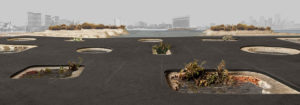
We divide our site into 7 reserves. The whole is bounded by infrastructures, sea level rise and lack of residential. Since there is a mixture of many public agencies, like MBTA, and some private properties, it’s easier to extend the site into a public entity. Within the site, different reserves are bounded by infrastructures and material conditions. The reserves are defined by the existing material conditions, deconstructed into gravel, substrate and boulders. The surrounding waterfront area will be affected and activated, creating a new coastal edge. The reserves consist of a multitude of shallow water bodies with a new edge, shifting disparate community centers toward one another in a common direction. We have compiled the Shallow Water Anthology (book) to demonstrate the range of conditions and experiences provided for throughout the reserves. Dynamic nature of the tidal range creates a multitude of opportunities for different experiences. The Anthology chronicles the moments of shallowness throughout the day and as conditions change over the next 100 years. Reframing neighborhoods connection to SLR and in so doing, establishing new connections between populations. Shallow water as accessible form of interaction with the ocean

